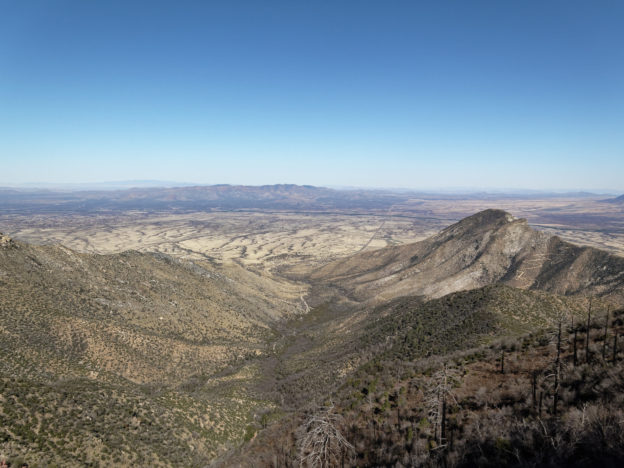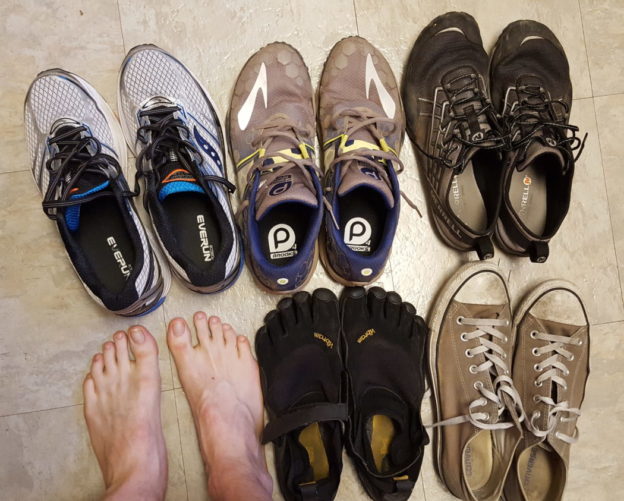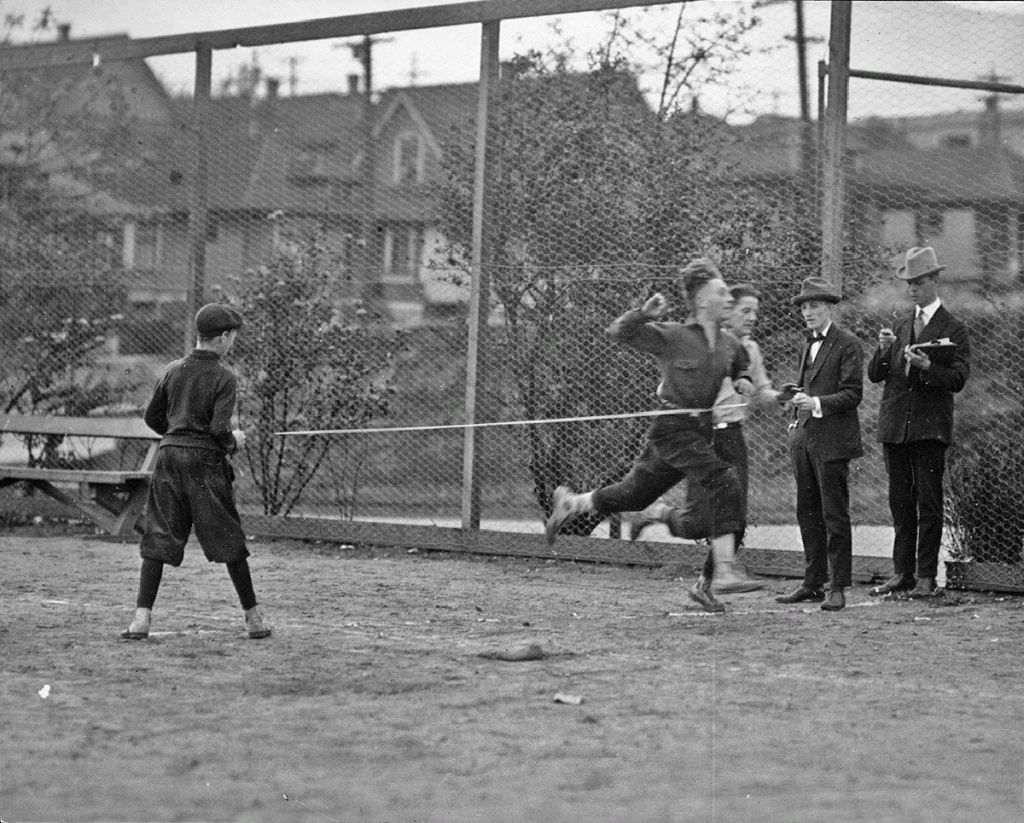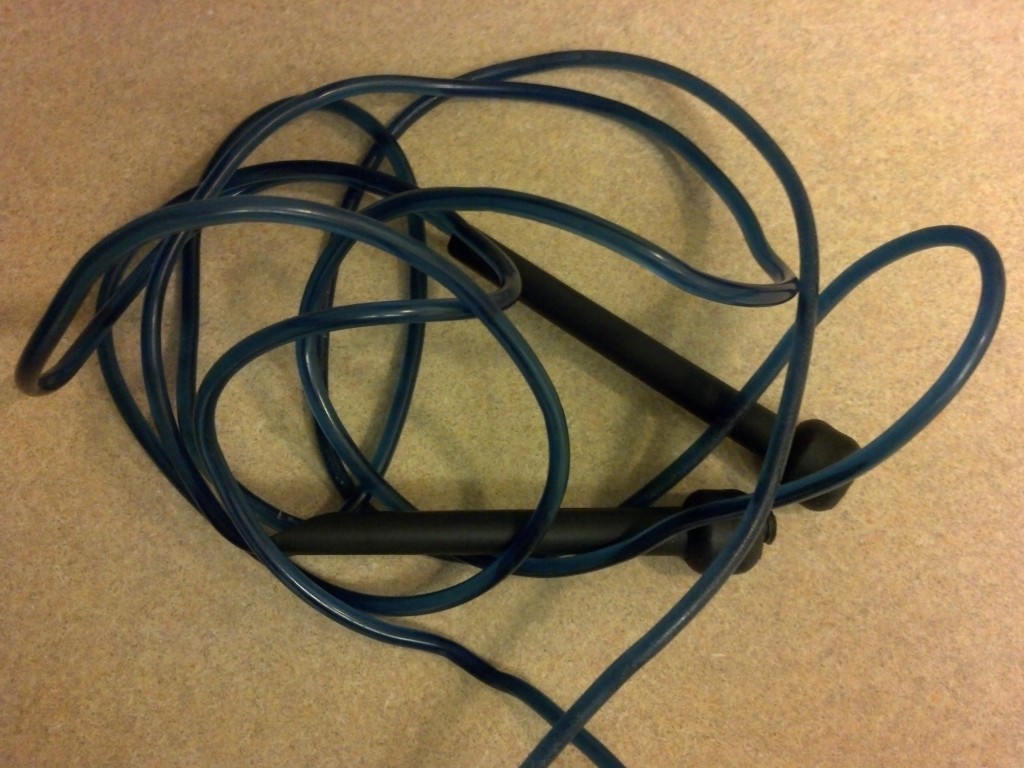Road map and training strategy for Ironman Arizona 2017
Sideline Reporter: You just finished your masters and spent the last two years killing yourself in business school – what’ll you do now?
Me: I dunno, work out?
[Airhorn]
[Confetti falls amidst laser light show, fireworks and white people dabbing]
In 2016 I aimed to get back into endurance sports – hard – and committed to complete my first ultramarathon in December of that year.
I laid out my Ultimate Ultra Plan and felt good to go for 50 miles. Then, after a routine 20-mile training trail run, my left foot developed a disturbing bruise on the inside arch.
With my history of Posterior Tibial Tendonitis (PTT), I decided to act like a grown-up and avoid escalating a mild bruise into another major injury.
I backed out of the 50-miler and prioritized starting 2017 as healthy as possible to gear up for the next big race:




